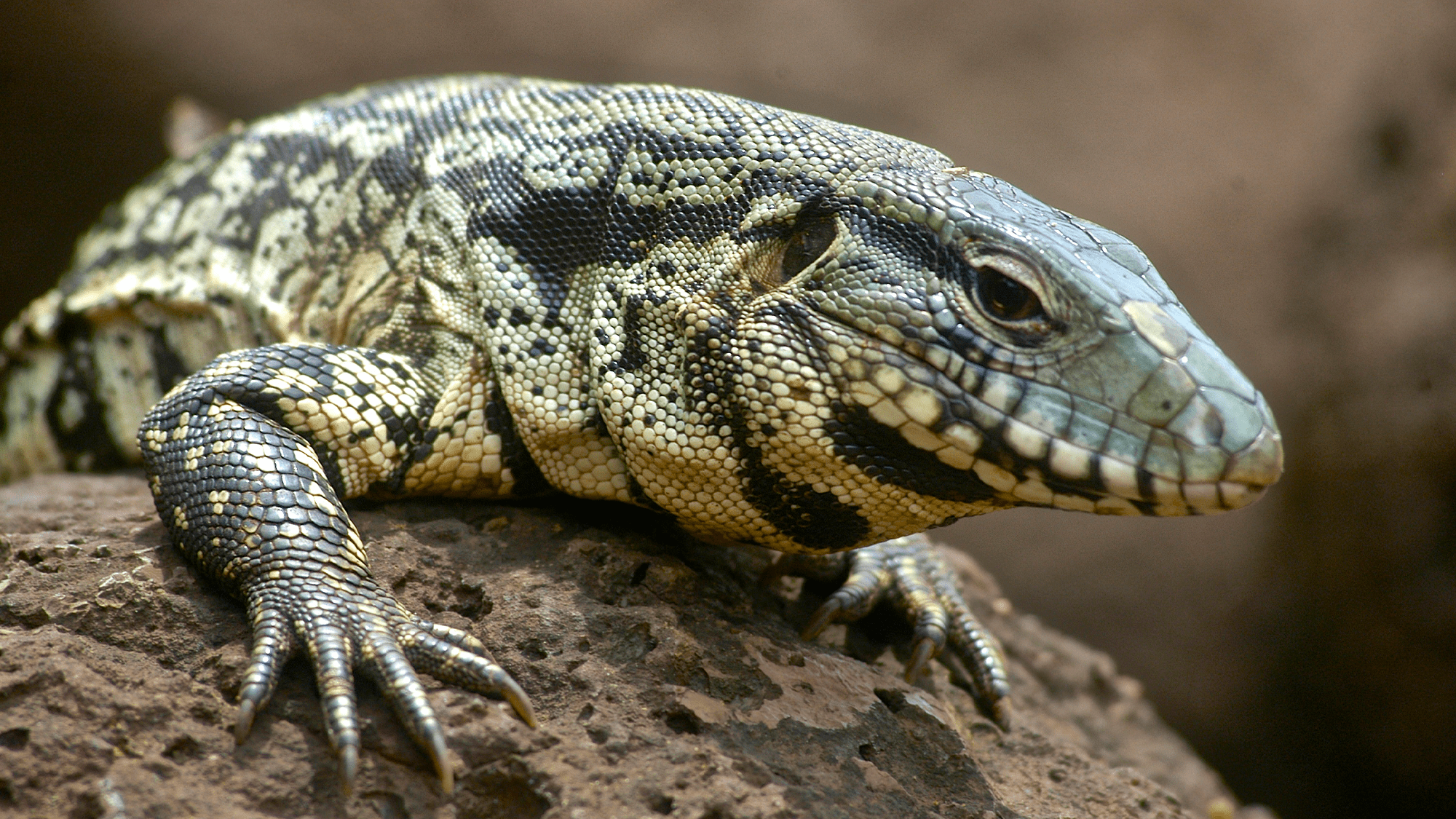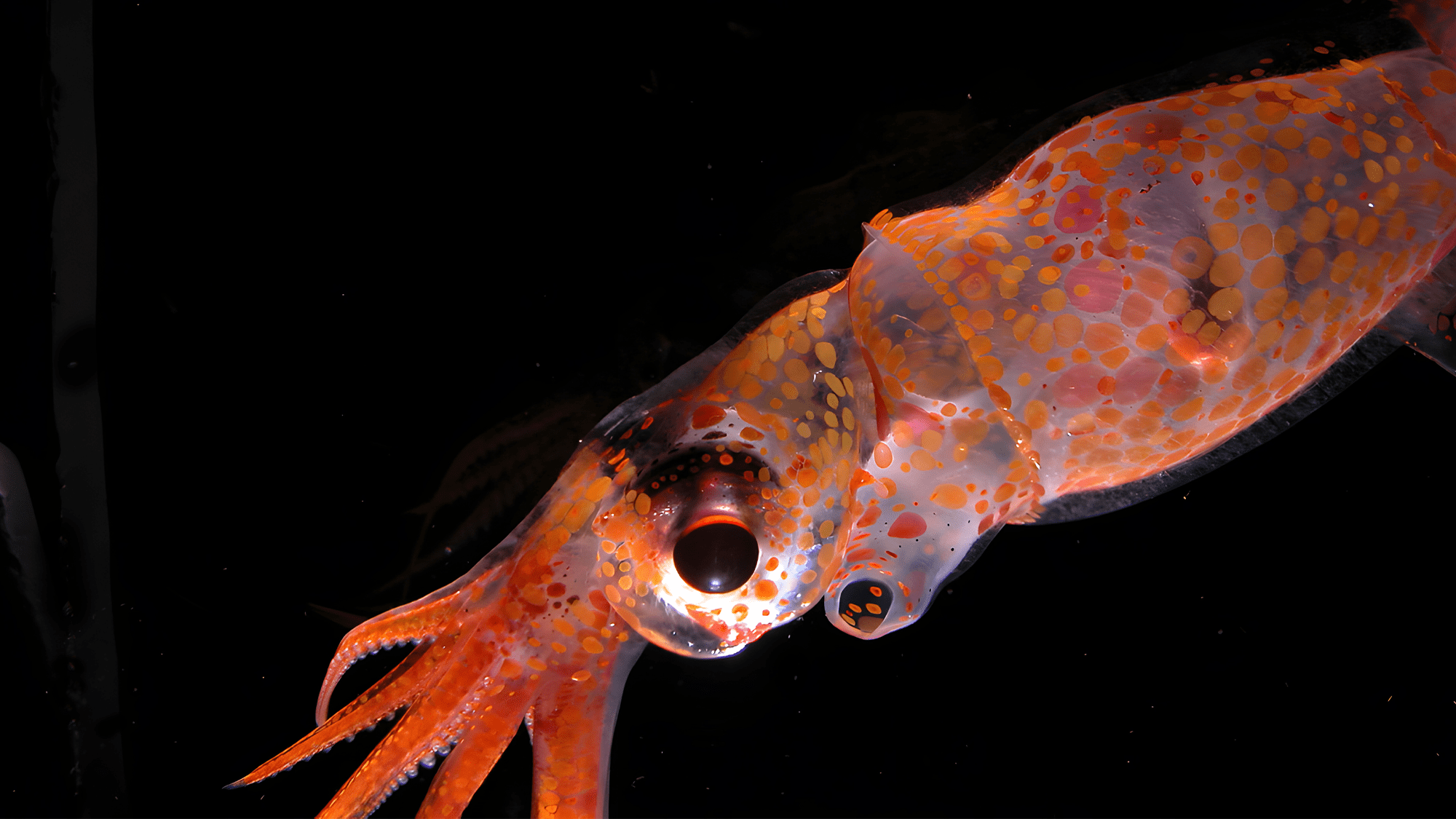Now Reading: Runaway Lizards Steal the Spotlight in Summer 2025
-
01
Runaway Lizards Steal the Spotlight in Summer 2025
Runaway Lizards Steal the Spotlight in Summer 2025

Quick Summary:
- Incident Overview: As June, at least three large pet lizards have escaped across teh united States, surprising locals.
– Santa Clara county, California (June): An Argentine black-and-white tegu was found in a park.Though docile and non-native to the area,its diet (bird eggs,small mammals) disrupts local ecosystems. Captured safely later.
– Webster, Massachusetts (July): A 5-foot water monitor lizard named Goose escaped illegally but was captured after several days. Goose now resides in an animal sanctuary.
– Old town, Maine: A tegu lizard spotted by locals is still at large. Authorities warned it has sharp teeth and claws but isn’t inherently aggressive unless threatened.
- Reptile Ownership Risks:
– Large pet lizards like tegus and monitors are prone to escaping due to insufficiently secured enclosures. Specialized locking devices are advised for larger reptiles.
- Images:
1. Lizard at iguazu Falls – Image Credit: Kike Calvo/Worldwide Images group via Getty Images
2. “Goose” captured on roadside – Image Credit: Rainforest Reptile Shows
Indian Opinion Analysis:
The escape of exotic pet reptiles in the U.S., while distant from India’s immediate context, underscores universal challenges associated with owning non-native wildlife as pets – risks of escape and ecological impacts on local flora/fauna if uncontained over time. Though india has rich native reptilian biodiversity (including monitors), instances like these highlight why stringent regulations around exotic wildlife ownership and training are essential globally.
With India increasingly adopting globalized lifestyles that include exotics as pets among urban communities, concerns arise about irresponsible containment potentially introducing invasive species into delicate environments locally or instigating safety hazards for humans unaccustomed to handling such animals.
This serves both as a cautionary note for Indian policymakers assessing wildlife import/export norms and a reminder for responsible individual ownership practices when considering such species domestically under legal supervision.























